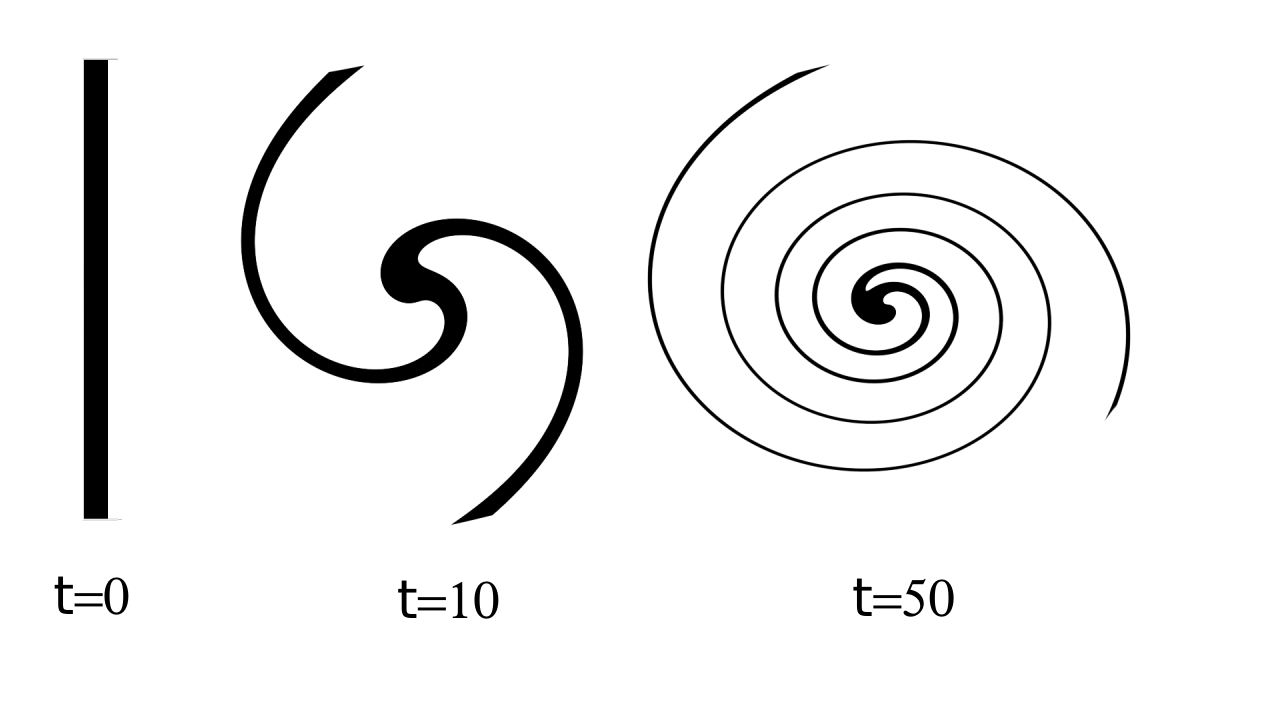Publications
. On variable viscosity and enhanced dissipation. Nonlinearity, 36(11):6071–6103, November 2023. URL https://doi.org/10.1088/1361-6544/acfec0. [preprint]
. On echo chains in the linearized Boussinesq equations around traveling waves. SIAM J. Math. Anal., 55(5):5127–5188, September 2023. URL https://doi.org/10.1137/21M1458053. [preprint]
. On echoes in magnetohydrodynamics with magnetic dissipation. J. Differential Equations, 367:625–688, September 2023. URL https://doi.org/10.1016/j.jde.2023.05.020. [preprint]
. On stability estimates for the inviscid Boussinesq equations. J. Nonlinear Sci., 33(6):106, 38, September 2023. URL https://doi.org/10.1007/s00332-023-09958-2. [preprint]
. Linear inviscid damping in Sobolev and Gevrey spaces. Nonlinear Anal., 213:112492, December 2021. URL https://doi.org/10.1016/j.na.2021.112492. [preprint]
. Echo chains as a linear mechanism: norm inflation, modified exponents and asymptotics. Arch. Rational Mech. Anal., 242(1):643–700, October 2021. URL https://doi.org/10.1007/s00205-021-01697-6. [preprint]
. On a probabilistic model for martensitic avalanches incorporating mechanical compatibility. Nonlinearity, 34(7):4844–4896, June 2021. URL https://doi.org/10.1088/1361-6544/abfca9. [preprint]
. On enhanced dissipation for the Boussinesq equations. J. Differential Equations, 282:407–445, May 2021. URL https://doi.org/10.1016/j.jde.2021.02.029. [preprint]
. On the Boussinesq equations with non-monotone temperature profiles. J. Nonlinear Sci., 31(4):64, 38, May 2021. URL https://doi.org/10.1007/s00332-021-09723-3. [preprint]
. On echo chains in Landau damping: traveling wave-like solutions and Gevrey 3 as a linear stability threshold. Ann. PDE, 7(1):1–29, January 2021. URL https://doi.org/10.1007/s40818-020-00090-y. [preprint]
. On the smallness condition in linear inviscid damping: monotonicity and resonance chains. Nonlinearity, 33(11):6176–6194, October 2020. URL https://doi.org/10.1088/1361-6544/aba236. [preprint]
. Exact constructions in the (non-linear) planar theory of elasticity: from elastic crystals to nematic elastomers. Arch. Ration. Mech. Anal., 237(1):383–445, July 2020. URL https://doi.org/10.1007/s00205-020-01511-9. [preprint]
Preprints
. Sobolev stability for the 2D MHD equations in the non-resistive limit. CRC 1173 Preprint 2024/14, Karlsruhe Institute of Technology, July 2024.
. On the Sobolev stability threshold for the 2D MHD equations with horizontal magnetic dissipation. CRC 1173 Preprint 2023/21, Karlsruhe Institute of Technology, September 2023.
. On nonlinear Landau damping and Gevrey regularity. CRC 1173 Preprint 2023/20, Karlsruhe Institute of Technology, September 2023.
Theses
. Magnetohydrodynamic equations around Couette flow. PhD thesis, Karlsruhe Institute of Technology (KIT), July 2024.
. On mixing and resonances in fluid systems. Habilitation thesis, Karlsruhe Institute of Technology (KIT), November 2023.

